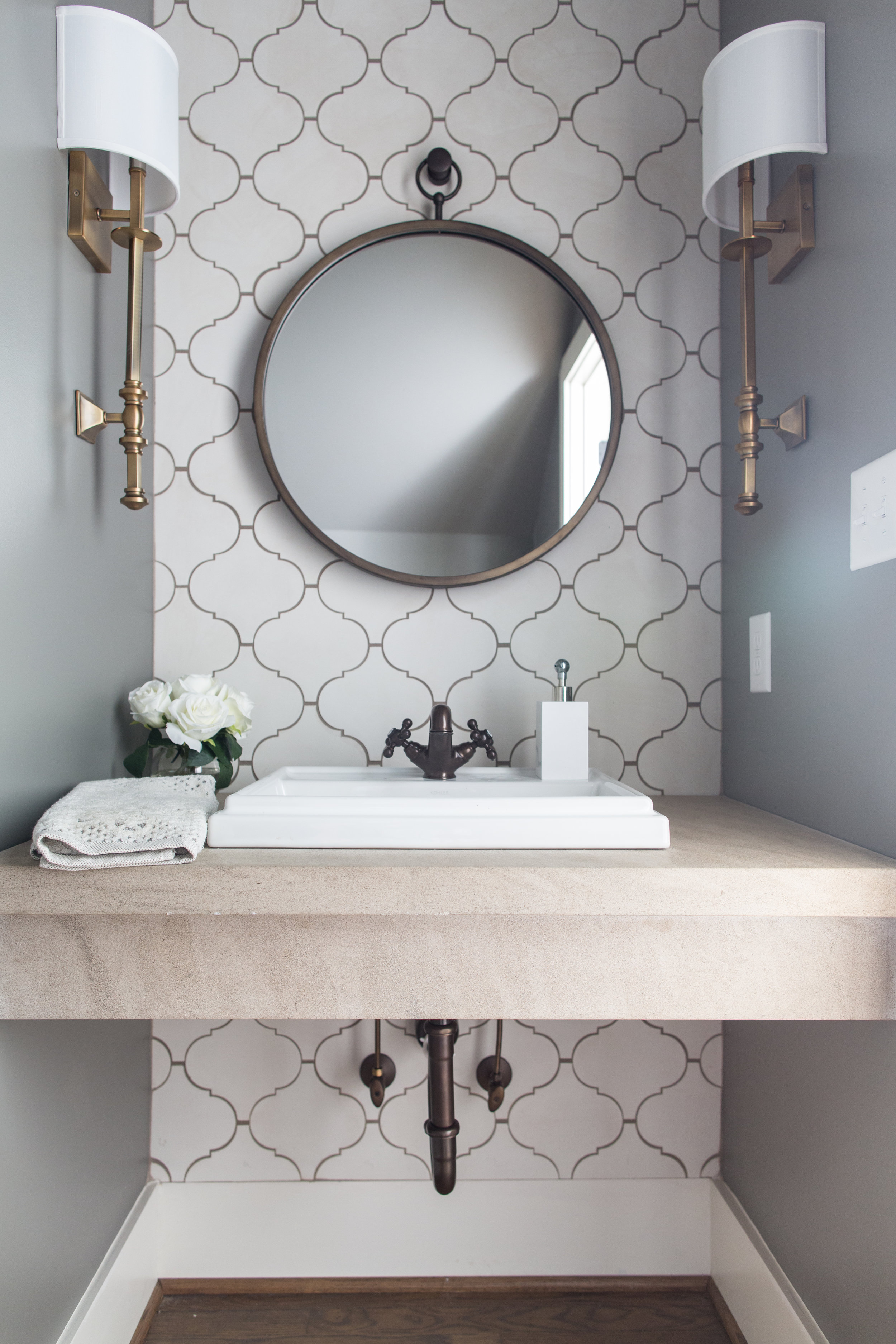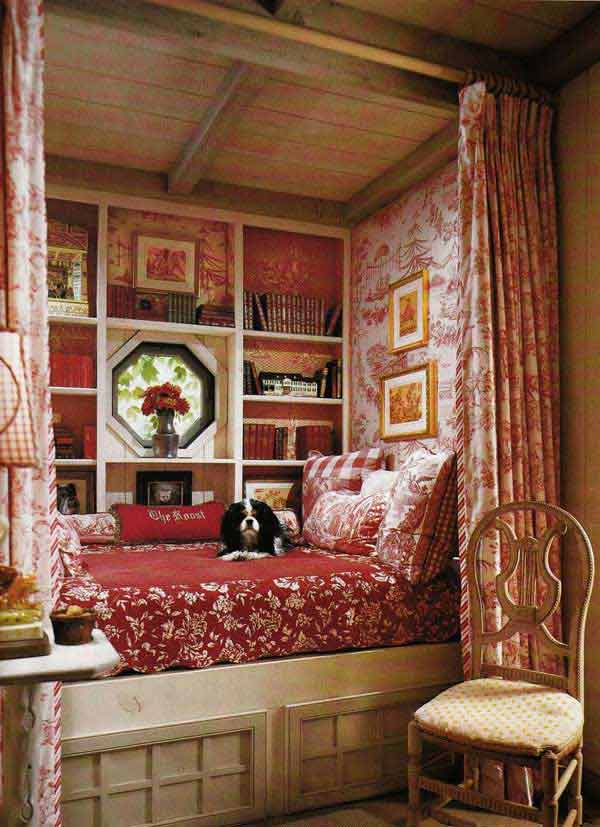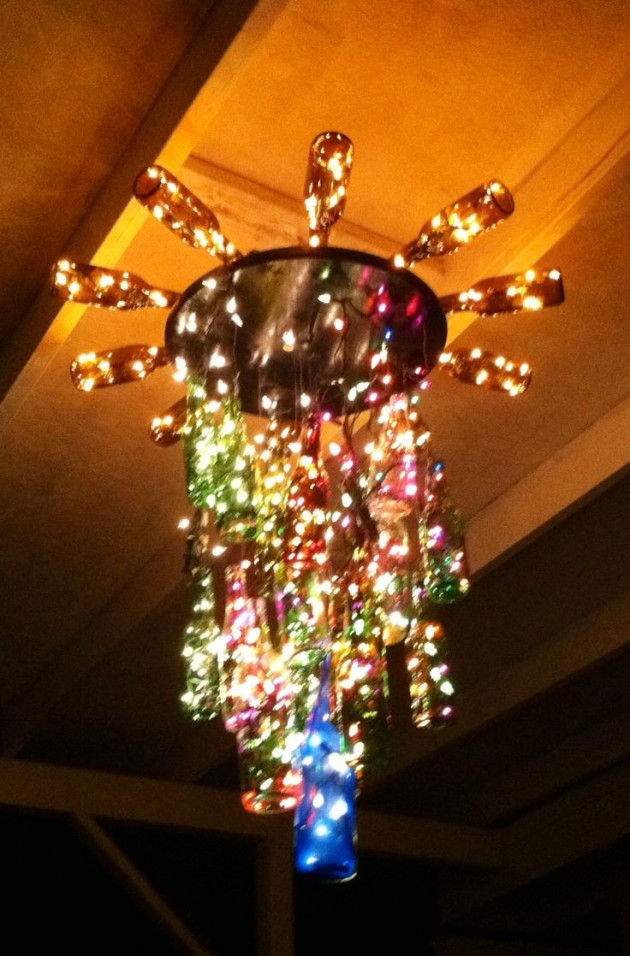Table of Content
This implementation seems more around more fine adjustments to brightness/colour/colour temp, but mine's more geared towards "Is the sun down? Change the scene." Add Node-Red to that and building automations is a breeze. And with a stick such as Conbee 2 you can control all the lights and non-light ZigBee products directly from Home Assistant. I did mean lux, and what you are saying is exactly my point.
10+ years after its launch Philips has still never bothered to implement and backup/restore functionality(!!!), so that's a real driver. But in terms of pure functionality it's worked very well to code up a bunch of manual timers and time-of-day-based options on switches. The ESP hosts a page that displays sliders to control the light, which send a websocket command to change the PWM duty cycle. I implemented a lamp temperature to RGB that I found on God knows where, and then had a python script on a raspberry pi to slowly raise brightness and color temperature for sunrise etc by sending directly the websocket commands. I'm inclined to appreciate the technology, yet at the same time I don't think I like it well enough to blow $60/each to replace all my can lights with Hues.
So How Does Circadian Lighting Work Then?
At its most complex, it is a proactive system geared towards occupant wellbeing guided by elements of design and technology working in unison, creating a beautiful, healthy and functional space. The issue with the way most buildings are lit relates to how traditional lighting was first conceived. Artificial lighting was always meant to keep humans operating well into the night for the sake of productivity, and for all that its worth, it does its job well. Often operating on a fixed color temperature and brightness, an average fluorescent bulb is designed to keep people active well past the sun’s departure. ‘Your circadian rhythm is basically a 24-hour internal clock that is running in the background of your brain and cycles between sleepiness and alertness at regular intervals. It's also known as your sleep/wake cycle.’ It works best when you have regular sleep habits, such as - quite simply - going to bed at night and waking up in the morning around the same times from day to day.

The adaptive lighting feature in Home kit does exactly this out of the box. For me, it’s worked nearly flawlessly, with only one to two bugs, every three months or so. In the early 1990s, NASA scientists began experimenting with HPS lighting to produce leafy greens, such as lettuce, in space. The success of this experiment demonstrated how artificial light might be beneficial across other applications, including human wellness. Additionally, rather than winding down under the stars, we remain very active in the night and often spend evenings hours under the same lighting conditions we had during the day. Keep in mind “daylight” color temp light needs to be bright, or it is percieved as “dingy” or “clinical”, and won’t have the same effect as actual sunlight.
Does Circadian Lighting Work?
If you're interested in HomeAssistant to solve this problem, I wrote a simpler implementation, of using the sunrise/sun position sensor to change scenes for a room's lights. This didn't involve having a Zigbee hub like this post suggests, mostly because all my lights were Hue, or Zigbee-compatible (IKEA-branded Tradfri lights) that were already on my Hue bridge. I would love to find a replacement that supports multiple color temperatures.

With such a frequent change in light exposure, the astronauts do not receive a sufficient light signal to regulate their circadian rhythms. Lack of a proper daylight signal directly also affects the astronauts’ ability to sleep and stay awake. In this extreme environment, it became clear, very quickly, that the astronauts needed a way to properly regulate their circadian rhythms for their safety and well-being. Color tuning or tunable lighting is not necessarily circadian lighting.
Color Tuning vs Spectrally Optimized LEDs
LIFX day night bulbs cost more than that and don't have the functionality that you had in your product out of the box. The bulbs could have been updated either by A) having a wifi bulb that then synchronized each other node via a low power mesh network, or B) by opening the app and connecting to the network. The other nice thing about reading on my phone rather than reading a physical book before bed as I used to do is that I don't need a light. I have the phone brightness turned way down, and obviously use light text on black background. Helps with falling asleep and doesn't disturb my wife if she's going to sleep before me.
Click HERE to read our last blog about designing for maximized daylight. As more research comes out on the importance of a healthy circadian rhythm, we'll get better at supporting it during select points of the day, like with a morning walk or nighttime screen limit. That's where we can optimize our living spaces to light us up from the inside out. This article will discuss the relationship between light and circadian rhythms, review misconceptions about color tuning, and compare color tuning or tunable white to effective circadian lighting LED technology. My office has no natural light so having circadian lighting really helps make the space feel more lively. It's been really nice natural way to know if the sun is still up or not.
On the other hand, going with Phillips Hue or similar will lock me into that ecosystem - which also dictates which lights and switches I could use. While I haven’t gotten my lights set up like this, I do use home assistant, just like the author and it is simply amazing. For things like this, the setup can get quite complex, but the main benefit is that it provides a unified interface to any connected device in your home.
They just screw on over the switch, and have one side open so you can manually manipulate it if you want, but it prevents accidental state changes. I will not touch anything with any sort of internet requirement, I segment things onto their own VLANs, and I'd be more cautious about it for things without the same visible indicators or with more potential side effects. But it has a real place too, and lighting is a perfect use case.
It is only relatively recently that humans have begun to live indoors. Previously, humans lived in caves and used daylight to hunt and gather - therefore, day to day activity centred around daylight. We also have plenty of examples of circadian lighting systems at work here on DesignWell, so professionals have a better understanding of how these types of installations can be set up and appear within a space. I've automated all the lights in my house using Zigbee switch / dimmer modules behind the light switches on the wall. This was a very affordable option, but unfortunately I can't change the color.
Merely setting something in the OS to change the color temperature does not eliminate blue light and I don't think it even necessary changes the color temperature. Done this for the past 6 years running a combo of cheap zwave color temp adjusting lights, smart things, and a smart things app automation called circadian daylight. You do realize Northern Europeans are adapted to needing less sunlight?
Look at the tall buildings, some of the windows are illuminated with a deep red. As if incandescent lights aren't plagued with a lithany of issues of their own... They don't seem to have E27 bulbs, but I've actually come across their blog before looking for information. I think that would have the same effect, without needing those specialized bulbs. It's already moving to Thread & Matter, but I've only done a bit of research into that.

No offense but this whole article and thread is just getting each other to buy stupid crap. Exactly this - in age of most decent phones having no issue recording 1000fps videos, just record one with your lights. Wave a knife around in your kitchen with flickering lights. You'll see that the effect is not invisible, but an edge case.
By 45, the photoreceptors in the average adult’s eye receive just 50% of the light needed to fully stimulate the circadian system. SkyBlue® BR30 is a LED retrofit light bulb, powered by BIOS SkyBlue® patented circadian technology. Joe’s Club, an adult daytime health care facility in Melbourne, FL, thereby helping to reduce the wandering of certain residents and contributing to increased calmness. The Vertical Farming market has grown rapidly in the last decade, it is gaining a lot of academic interest and many research studies investigate the benefits of smart technology such as circadian supportive lighting to get the very best harvest. A study published by Diabetes UK even links excessive exposure to artificial light at night with the development of type 2 diabetes. The beauty of smart lighting is that it can be managed in exactly the way that you want it.
Sleep is a foundational aspect of our health, but most of us are exhibiting some form or another of disturbed or disordered sleep. You may be familiar with the term, but not know quite what it means. You’ll sometimes hear it used to refer to acne treatment- and... We can ingest data from various sources, including lighting, Co2, humidity, temperature, irrigation and more. At amBX, we can help to enhance your solution with granular control and monitoring, allowing a healthier harvest to be achieved.

No comments:
Post a Comment